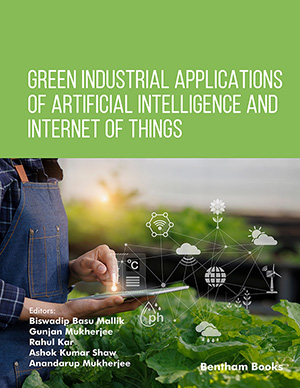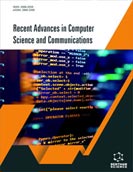Abstract
The world has faced a pandemic situation due to COVID-19. The dearth of
understanding of germs, the scope of the phenomena, and the rapidity of contamination
highlight many points in the new techniques for studying these events. Artificial
intelligence approaches could be helpful in assessing data from virus-affected
locations. The goal of this research is to look into any links between air quality and
pandemic propagation. We also assess how well machine learning algorithms perform
when it comes to anticipating new cases. We present a cross-correlation analysis of
everyday COVID-19 instances and ecological parameters such as heat, humidification,
and contaminants in the atmosphere. Our research reveals a strong link between several
environmental factors and the propagation of germs. An intelligent trained model using
ecological characteristics may be able to forecast the number of infected cases
accurately. This technique may be beneficial in assisting organizations in taking
appropriate action about inhabitants’ protection and prevalent response. Temperature
and ozone are adversely connected with confirmed cases whereas air particulate matter
and nitrogen dioxide are positively correlated. We created and tested three separate
predictive models to see if these technologies can be used to forecast the pandemic's
progression.
Keywords: Air pollution detection, AI, COVID-19 pandemic, Related analysis.






















